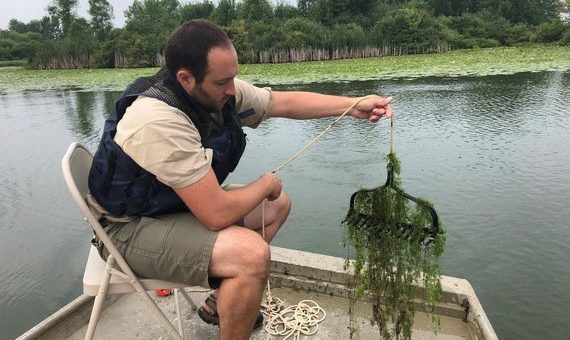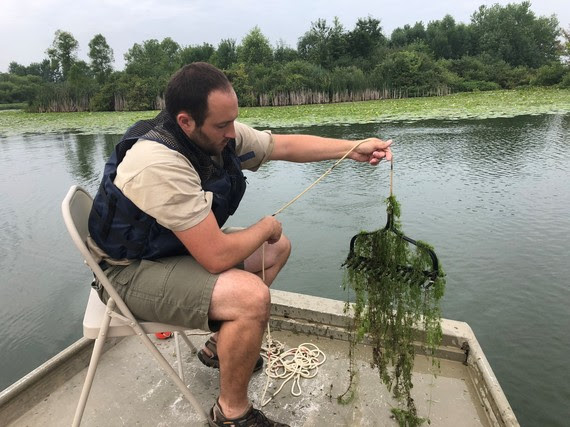
INDIANA – If you see Department of Natural Resource biologists out on the water in late summer, they’re likely completing aquatic vegetation surveys.
Each year, DNR fisheries biologists complete surveys on glacial lakes to assess the composition and abundance of submersed aquatic vegetation, which serves as the primary source of habitat for fish and wildlife in lakes.

Since 2010, fisheries biologists have surveyed the vegetation communities of 139 different glacial lakes. These surveys provide fisheries biologists with data on the long-term trends in native vegetation species across the region. Coontail, chara, sago pondweed, eel grass, variable-leaf pondweed, Illinois pondweed, common bladderwort, and flat-stemmed pondweed are the most common native species found during glacial lake surveys. Together, all these species of submersed vegetation provide valuable fish habitat that covers between 67-85% of the shallow portions of a typical lake.
This summer, biologists are surveying 10 different lakes across seven northern Indiana counties. Each of these surveys provides valuable information that resource managers use to protect aquatic habitats and outdoor recreation for future generations.



